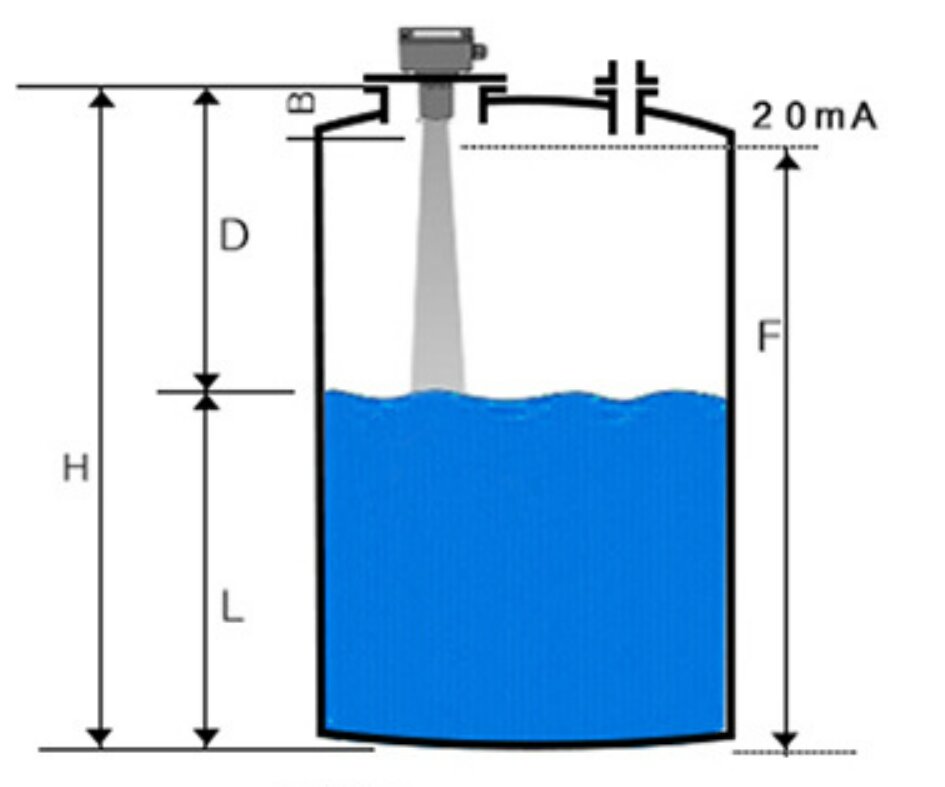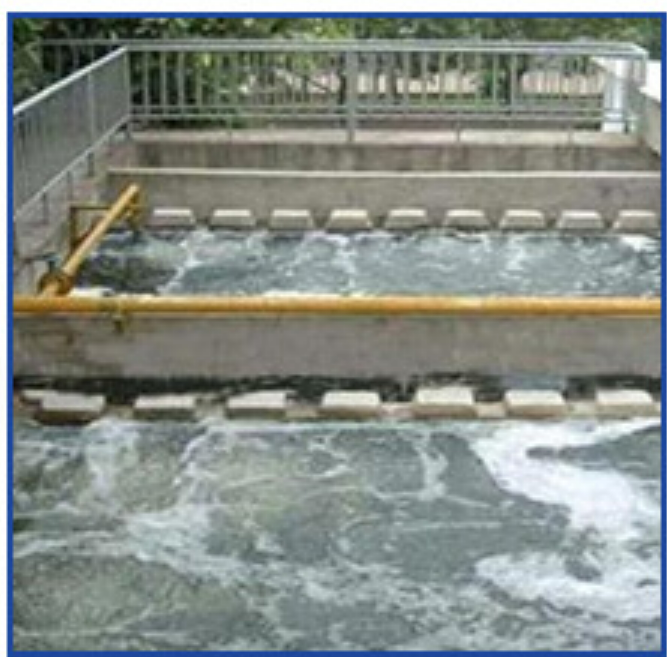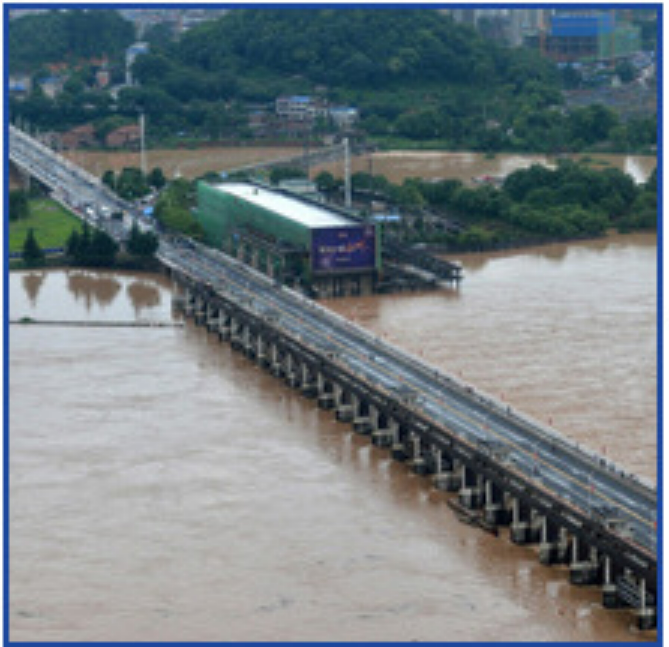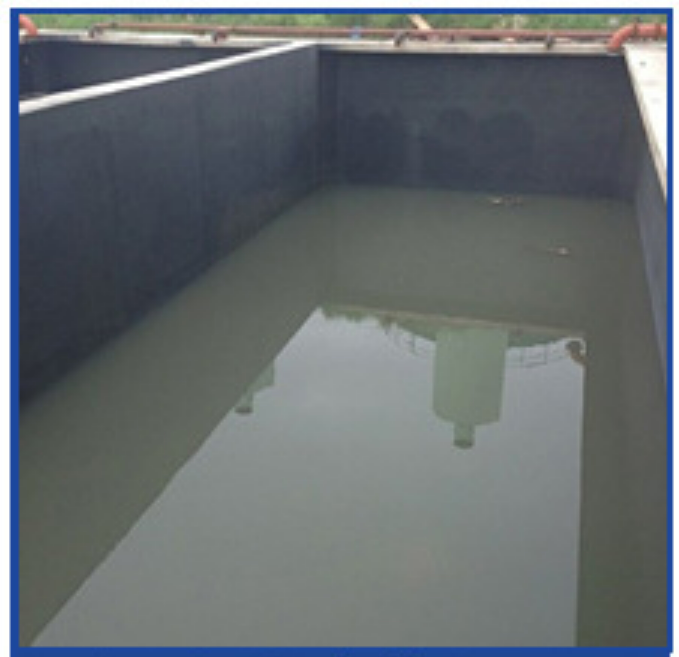Custom Ultrasonic Level Sensor Manufacturer in China
Advantage:
- Approved by CE & UL
- Passed ISO 9001 Quality Management System
- Stable Function and Quality Assurance
- Private Label Custom Manufacturing Ability
Get A Quote Now
Ultrasonic Level Sensor Product
As a ultrasonic level sensor manufacturer, we are making our contribution to manufacturing ultrasonic level sensor for different kinds of materials, including ultrasonic level sensor for diesel tank, ultrasonic level sensor for water tank and ultrasonic level sensor for solids. Ultrasonic level sensors are non-contact devices used to measure fluid levels. They utilize ultrasonic waves, which are sound waves beyond the range of human hearing, to determine the distance between the sensor and the fluid’s surface. This technology offers a reliable and accurate method for fluid level measurement without requiring physical contact with the substance. You can also call it as non contact ultrasonic level sensor.
We will provide our ultrasonic level sensor solutions for you according to your real function requirements. Therefore, if you need ultrasonic level sensor 4 20ma, feel free to ask our ultrasonic level sensor price. Here are the types of ultrasonic level sensorsr. Welcome to get a free quote.
Knowledge about Tank Ultrasonic Level Sensor
How does An Ultrasonic Level Sensor Work?
Ultrasonic level sensors consist of a transmitter and a receiver. The transmitter emits ultrasonic pulses that travel toward the fluid’s surface, where they are reflected back to the sensor. By measuring the time it takes for the pulses to return, the sensor calculates the distance between itself and the fluid. This distance data is then converted into the fluid’s level, providing real-time measurements.





What is the Ultrasonic Level Sensor Advantages and Disadvantages?
Ultrasonic level sensors offer several advantages over traditional methods of fluid level measurement:
Non-Contact Measurement: Unlike float systems or pressure sensors, ultrasonic sensors do not need to be in direct contact with the fluid, eliminating contamination risks and allowing measurement of corrosive or hazardous substances.
High Accuracy: Ultrasonic sensors provide precise measurements with minimal error rates, ensuring reliable data for critical processes.
Versatility: These sensors can be used for various types of fluids, including liquids and solids, making them suitable for a wide range of applications.
Easy Installation: Ultrasonic sensors are relatively easy to install and require minimal calibration, reducing setup time and costs.
While ultrasonic level sensors offer numerous benefits, they are not without their limitations. Here are some disadvantages associated with ultrasonic level sensors:
- Material Compatibility: Ultrasonic sensors may have limitations when it comes to measuring certain materials. For example, substances with uneven or rough surfaces can cause inaccurate readings as the ultrasonic waves may scatter or be absorbed unevenly.
- Obstructions and Interference: Obstacles such as pipes, agitators, or other objects in the vessel can obstruct the path of the ultrasonic waves, leading to inaccurate measurements. Additionally, foam, vapor, or dust on the fluid’s surface can interfere with the sensor’s ability to accurately detect the liquid level.
- Temperature and Pressure Effects: Extreme temperature variations or high-pressure conditions can impact the speed of sound in the medium being measured, affecting the accuracy of distance calculations and consequently the level measurement.
- Limited to Line of Sight: Ultrasonic level sensors require a clear line of sight between the sensor and the fluid’s surface. This means that the sensor may not work well if there are obstacles blocking the direct path between the sensor and the fluid.
- Calibration and Maintenance: While ultrasonic sensors generally require less frequent calibration compared to some other sensors, they still need periodic calibration to ensure accurate readings. Additionally, regular maintenance, including cleaning the transducer, is essential to prevent buildup that could interfere with performance.
- Cost: Ultrasonic level sensors can be more expensive than some other level measurement technologies, which could be a factor to consider when selecting a sensing solution.
- Noise and False Echoes: In certain environments with high levels of ambient noise or reverberation, ultrasonic sensors may pick up false echoes, leading to inaccurate readings.
- Limited Range in Some Cases: Ultrasonic sensors have a practical measurement range, and beyond a certain distance, they may not be as accurate. Long-range measurements may require more advanced and costly sensor configurations.
- Liquid Properties: Certain liquid properties, such as viscosity and density, can affect the behavior of ultrasonic waves and impact measurement accuracy.
- Power Consumption: Depending on the specific design and application, ultrasonic sensors can consume relatively more power compared to some other level sensing technologies.
It’s important to note that while ultrasonic level sensors have these disadvantages, many of them can be mitigated or managed through proper installation, calibration, and maintenance practices. Careful consideration of the application’s requirements and potential challenges is crucial when choosing the right level sensing technology.
What is the Ultrasonic Level Sensor Application?
Ultrasonic level sensors find applications across diverse industries:
1. Manufacturing and Processing
In manufacturing, ultrasonic sensors monitor fluid levels in tanks and vessels, ensuring efficient production and preventing overflows.
2. Pharmaceuticals
These sensors play a crucial role in pharmaceutical production by accurately measuring liquid levels during drug formulation.
3. Environmental Monitoring
Ultrasonic sensors help monitor water levels in reservoirs, rivers, and sewage systems, aiding in flood forecasting and pollution control.
4. Agriculture
In agriculture, these sensors manage irrigation systems by monitoring water levels in fields.

Why Choose Us As Your Ultrasonic Level Sensor Manufacturer
Benefit from Your Ultrasonic Level Sensor Manufacturer
Good Manufacturing Ability & Good Quality Control
You can obtain good manufacturing ability and ISO9001 quality management system to support your level sensor quality, your machine and your brand. You can provide sketches/designs for us to design, and we will protect all the designs of every client. Then we will do our OEM & ODM for you.
Leading R&D Ability & Professional Service
You can get our leading R&D ability to design and develop the new products for your use according to your idea or the design. You can also get our professional pre service and after service to finish your project perfectly and it will give you satisfaction and make you feel at home.
Multiple Payment Method & Safe Packaging
You can make the payment by various methods, such as paypal, west union, stripe, T/T, D/P, Xtransfer, Pingpong, Payoneer, Moneygram and so on. You can be assured that you will receive the complete parcels with nice packaging. We will be responsible the goods arrive safely.
Quick Delivery & Various Transportation Solutions
You will get the cargo within 7 to 15 days on general once you give us the order and make the payment already. For our products, we usually send the goods to you by express, such as DHL,FEDEX,TNT,ARAMEX,SHUNFENG and so on. Besides, we can also provide door to door service by air. The sea, rail and truck transport is also available for you.
Get Your Custom Ultrasonic Level Sensor Step by Step
If you are also thinking of buying atex explosion proof ultrasonic level sensor or wireless ultrasonic level sensor, you can get the process here to finish your project,too!
STEP 1
Medium
Confirm Medium Type,Temperature & Pressure
STEP 2
Tank
Check Tank Type,Material & Size
STEP 3
Type & Working
Tell equipment method,level sensor types and working principle
STEP 4
Function & Output
Give required function & output
STEP 5
Prototype
2D/3D Prototype Confirmed
STEP 6
Mould
Mould Lead Time
STEP 7
Sample
Finally, we will make samples and send to customers
Need Help with Easier Level Sensor Solutions? We Are Experts!
FAQ about the Non Contact Ultrasonic Level Sensor Manufacturer
Yes, we are a leading Liquid level sensor manufacturer, supplier and factory in china.
Of course, we are professional in OEM/ODM projects and we protect all the designs of every client, we will sign NDA to be ensure that we won’t send your artwork to any other clients and won’t sell your OEM items to anyone else. Any questions please send us your inquiry.
Yes, we provide PDF technical drawing by CAD on general. However, if you need 3D drawing to match with your 3D drawing to confirm if our developed product is suitable, we can provide 3D drawings by Solidwork and so on.
Yes, we have our R&D teams, hardware and software, lab equipment and instruments to design and develop new product for every customer.
Yes, we have ISO9001 quality management system and IATF 16949 quality management system to control our water level sensor quality. We also have CE and UL certification to fulfill European and North American markets.
Aether level sensor MOQ is 1 pc. We are willing to give samples for our every customer if you are interested in establishing good and long relationship with us. The samples lead time is short and it is usually within 3 to 5 days.
We have pvc pipe, bubble bag, foam, custom carton,blister box to make our packaging safe and provide affordable dhl, tnt, fedex for every customer. If you want door to door service, we can give DDP trade term.
Our delivery time is 7 to 15 days on general and payment terms can be T/T, D/P,L/C and so on.

